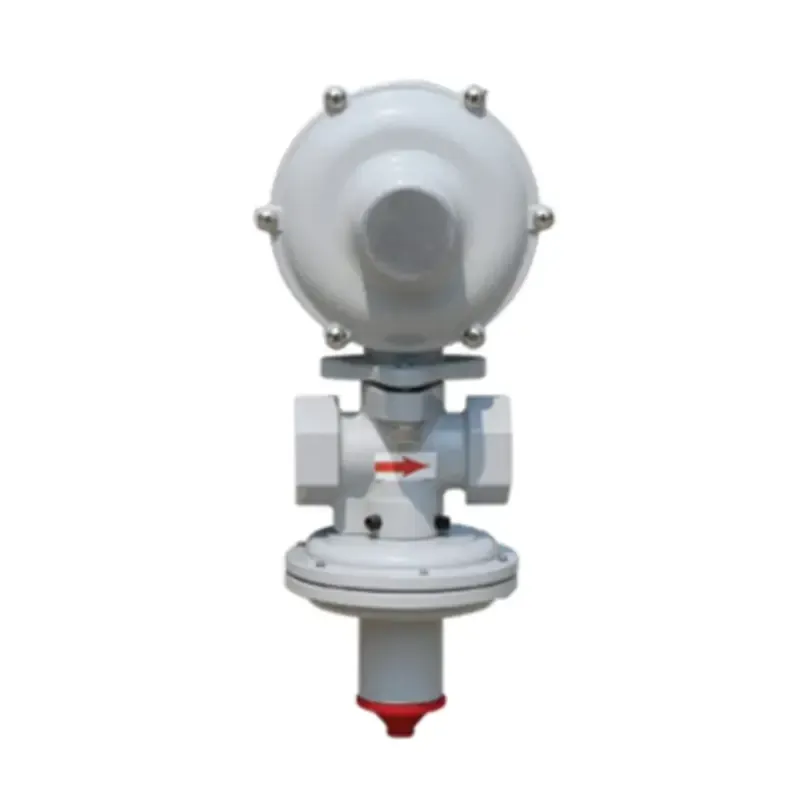
Dec . 30, 2024 01:36
Back to list
محطة تخفيض ضغط الغاز الطبيعي
Natural Gas Pressure Reduction Station A Vital Component of Energy Infrastructure
Natural gas has become an essential part of the global energy landscape, powering homes, industries, and vehicles. With an increasing demand for energy and a growing dependence on cleaner fuel sources, the infrastructure that supports natural gas distribution has become ever more critical. Among these components, a Natural Gas Pressure Reduction Station (PRDS) plays a vital role in ensuring the safe and efficient delivery of gas from high-pressure transmission pipelines to lower-pressure distribution networks.
Understanding Natural Gas Pressure Reduction Stations
A Natural Gas Pressure Reduction Station is an engineered facility designed to regulate and lower the pressure of natural gas before it enters the distribution system. High-pressure gas is transported through large-diameter pipelines, which can operate at pressures exceeding 1,000 psi (pounds per square inch). However, residential and commercial users typically require gas to be delivered at much lower pressures, often around 60 psi or less.
The primary function of a PRDS is to safely reduce this high pressure to the required level. This is achieved using a combination of pressure-reducing valves, control systems, and, in some cases, additional equipment to ensure the gas meets safety and quality standards.
Components of a Pressure Reduction Station
1. Pressure-Reducing Valves The heart of the PRDS, these valves are designed to automatically adjust the gas flow depending on the downstream pressure requirements. They are critical for maintaining a consistent delivery pressure, even when the demand fluctuates.
2. Flow Measurement Devices Accurate flow measurement is essential for managing supply and ensuring billing integrity. The PRDS is equipped with flow meters that continuously monitor the volume of gas being distributed.
3. Safety Systems Given the potential hazards associated with high-pressure gas, PRDS facilities are designed with multiple safety features, including pressure relief valves and automated shutdown systems. These help prevent dangerous conditions from occurring, protecting both the infrastructure and the public.
محطة تخفيض ضغط الغاز الطبيعي

4. Control Systems Modern PRDS are equipped with sophisticated control systems that allow operators to monitor the facility remotely. These systems can provide real-time data on pressures, flow rates, and other critical parameters, enhancing operational efficiency and safety.
Importance of Pressure Reduction Stations
Pressure reduction stations are essential for several reasons
- Safety The regulation of gas pressure is crucial for preventing accidents. High-pressure gas can be dangerous if not managed properly, and PRDS reduces this risk significantly.
- Reliability PRDS ensure that the gas supply remains steady, even during peak demand times. By managing fluctuations in pressure, these stations help maintain a reliable energy supply to consumers.
- Quality Control In addition to pressure reduction, PRDS often include systems to filter and treat the gas, ensuring that it meets specific quality standards before reaching the end user.
- Network Efficiency By facilitating the distribution of gas at the required pressure levels, PRDS contribute to the efficiency of the overall gas network. This minimizes energy losses and maximizes delivery effectiveness, which is critical for both economic and environmental reasons.
Conclusion
As the world moves towards a more sustainable and diversified energy mix, the role of Natural Gas Pressure Reduction Stations cannot be overstated. They serve as a bridge between high-pressure transmission systems and the lower-pressure distribution networks that households and businesses rely on for their energy needs. Investing in the development and modernization of PRDS is essential for ensuring the safety, efficiency, and reliability of natural gas distribution systems worldwide. As we continue to depend on natural gas as a cleaner alternative to other fossil fuels, understanding and improving the infrastructure that supports its distribution will remain a key focus for energy regulators, suppliers, and consumers alike.
Latest news
-
Safety Valve Spring-Loaded Design Overpressure ProtectionNewsJul.25,2025
-
Precision Voltage Regulator AC5 Accuracy Grade PerformanceNewsJul.25,2025
-
Natural Gas Pressure Regulating Skid Industrial Pipeline ApplicationsNewsJul.25,2025
-
Natural Gas Filter Stainless Steel Mesh Element DesignNewsJul.25,2025
-
Gas Pressure Regulator Valve Direct-Acting Spring-Loaded DesignNewsJul.25,2025
-
Decompression Equipment Multi-Stage Heat Exchange System DesignNewsJul.25,2025

